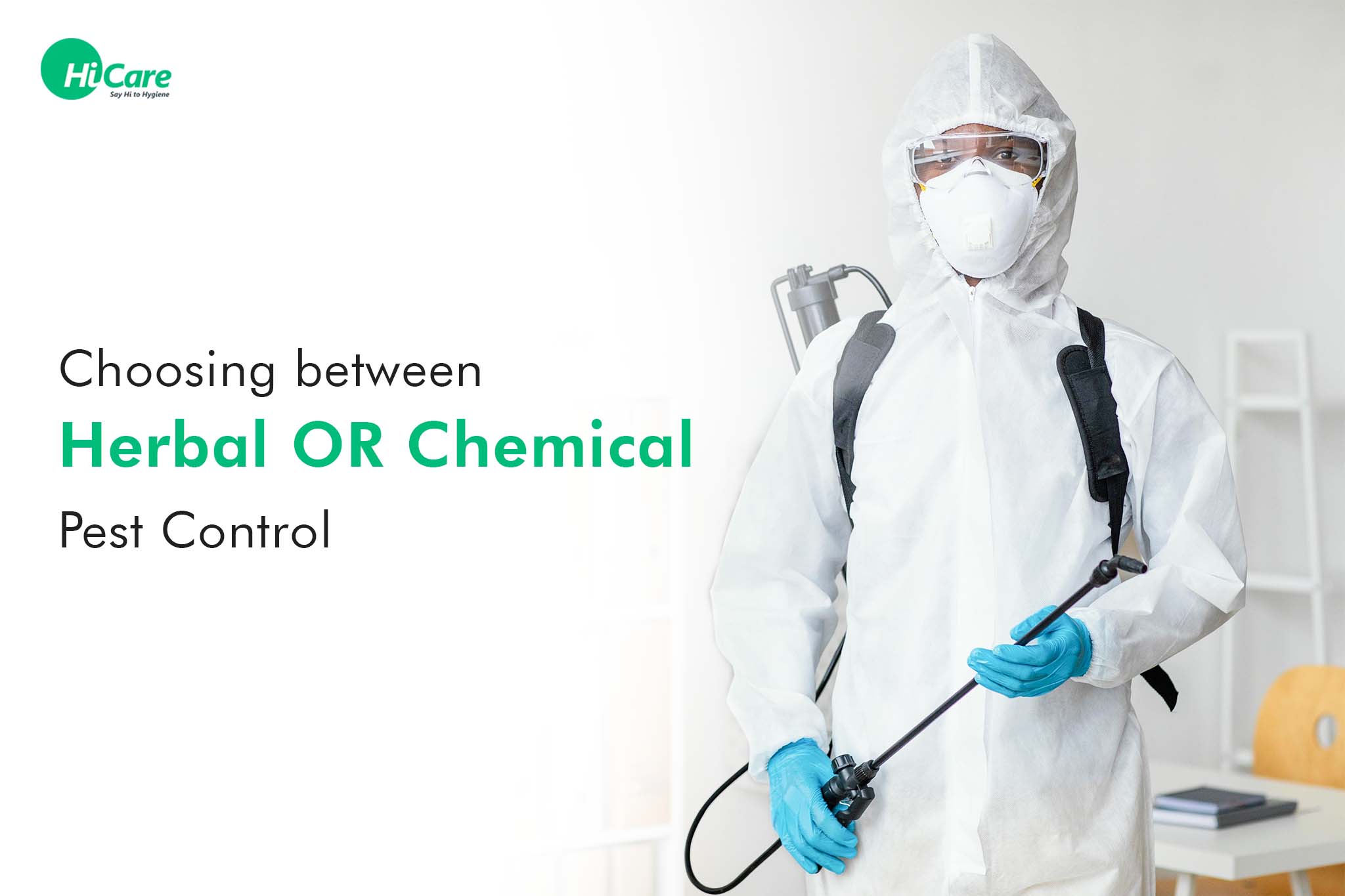Dependable A1 Bed Bug Exterminator Charlotte - Remove Bed Bugs Rapid
Dependable A1 Bed Bug Exterminator Charlotte - Remove Bed Bugs Rapid
Blog Article
Bed Pest Therapy Malfunction: Contrasting Chemical Vs. Non-Chemical Solutions
In the realm of bug control, particularly when handling the relentless issue of bed pests, the option in between chemical and non-chemical therapy services can be a crucial one. Both techniques offer distinctive advantages and drawbacks, influencing variables such as effectiveness, safety and security factors to consider, and general price. By examining the nuanced details of each technique, a more clear understanding of which course to seek in attending to a bed pest invasion can be achieved.
Effectiveness of Chemical Therapies
Chemical treatments for bed bug invasions have been widely acknowledged for their potent and rapid effectiveness in eliminating these pests. When considering the efficiency of chemical therapies, it is essential to recognize that they can give a complete and fast remedy to a bed pest trouble.
Moreover, chemical therapies have the benefit of supplying recurring results, meaning that they can remain to eliminate bed pests also after the preliminary application. This residual action is especially helpful in combating any kind of possible re-infestations. Furthermore, the rapid action of chemical treatments can bring relief to people facing extreme bed insect invasions, enabling them to gain back control of their home swiftly.
Safety And Security Interest In Chemical Solutions
One important aspect that needs careful factor to consider when using chemical remedies for bed bug therapy is making certain the safety and security of residents and the setting. Exposure to certain chemicals made use of in bed bug treatments can lead to respiratory system concerns, skin irritability, or other unfavorable responses, specifically in people with pre-existing conditions or level of sensitivities.
Furthermore, the ecological influence of chemical solutions is one more substantial consideration. Some pesticides utilized in bed insect treatments might be hazardous to beneficial insects, wild animals, and ecosystems if they seep right into the dirt or water supply. It is essential to use chemical therapies carefully, adhering to safety standards, and taking into consideration less hazardous alternatives to alleviate these risks and guarantee the secure and efficient management of bed pest invasions.
Benefits of Non-Chemical Methods
Taking into consideration the possible security issues and environmental effect related to chemical remedies for bed bug treatment, checking out non-chemical strategies provides an appealing choice with a number of unique advantages. Non-chemical methods offer a safer option for houses, particularly those with individuals, youngsters, or family pets delicate to harsh chemicals. These techniques get rid of the risks of exposure to hazardous compounds, decreasing the potential for adverse health and wellness impacts. Moreover, non-chemical treatments are eco-friendly, as they do not contribute to air or water air pollution, making them a lasting option for parasite control.
In addition, non-chemical remedies can be reliable in targeting bed pests, consisting of hard-to-reach areas where chemical treatments might not penetrate - A1 bed bug exterminator charlotte. Methods such as warm therapy, vacuuming, vapor pest management company cleansing, and bed mattress encasements provide extensive removal without the use of damaging chemicals.
Limitations of Non-Chemical Treatments

Furthermore, non-chemical therapies commonly require numerous applications to achieve successful obliteration. This can be lengthy and might not constantly guarantee complete removal of all bed bugs and their eggs, specifically in surprise or hard-to-reach places.
Additionally, the success of non-chemical therapies greatly depends on appropriate execution and thoroughness, which can be challenging for individuals without specialist proficiency. Inadequate application of non-chemical techniques may result in insufficient obliteration, bring about relentless problems and the requirement for extra my explanation therapies.
Consequently, while non-chemical treatments have their advantages, it is vital to recognize these limitations and consider them when identifying the most reliable approach for handling bed insect problems.
Cost Comparison: Chemical Vs. Non-Chemical Options
Given the constraints associated with non-chemical treatments, an essential aspect to evaluate in the context of bed insect administration is the expense contrast in between chemical and non-chemical alternatives. Chemical therapies generally involve the application of insecticides by professionals, which can range from $250 to $900 per room, depending upon the intensity of the problem and the dimension of the location to be treated. On the other hand, non-chemical therapies like warm therapy or vapor can be more costly, with prices ranging from $1,000 to $6,000 for a whole home. While the initial expense of chemical treatments may appear reduced, multiple therapies may be needed to fully eradicate the infestation, possibly enhancing the overall price. On the other hand, non-chemical options might give an extra lasting and environment-friendly remedy, although they can be cost-prohibitive for some people. Ultimately, when thinking about the price of bed pest therapy options, it is essential to consider the in advance expenses versus the efficiency and long-lasting sustainability of the chosen method.
Final Thought

Considering the prospective safety problems and environmental effect associated with chemical solutions for bed insect therapy, exploring non-chemical strategies presents an encouraging choice with several distinctive advantages.Provided the limitations associated with non-chemical therapies, an important facet to assess in the context of bed insect monitoring is the cost comparison between chemical and non-chemical choices. In contrast, non-chemical treatments like warmth treatment or heavy steam can be much more expensive, with prices varying from $1,000 to $6,000 for an entire home. While the preliminary price of chemical therapies might seem reduced, multiple treatments may be needed to totally eradicate the infestation, potentially increasing the total cost.In verdict, when click here for more comparing chemical and non-chemical bed bug therapy options, it is essential to take into consideration efficiency, safety, advantages, constraints, and cost.
Report this page